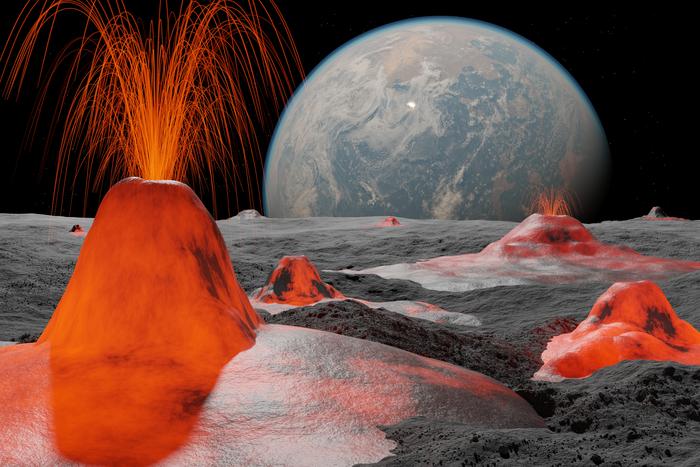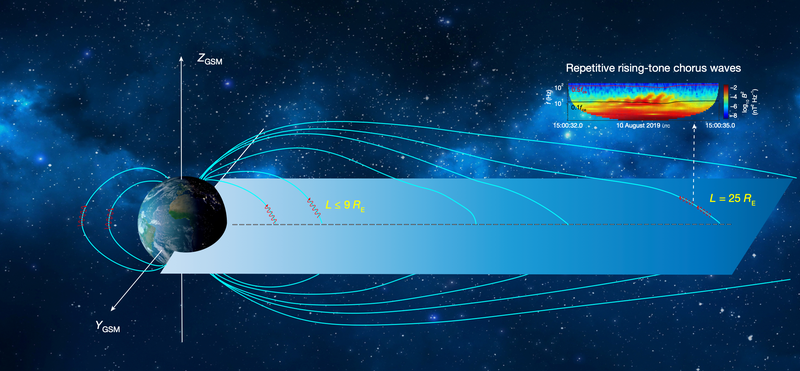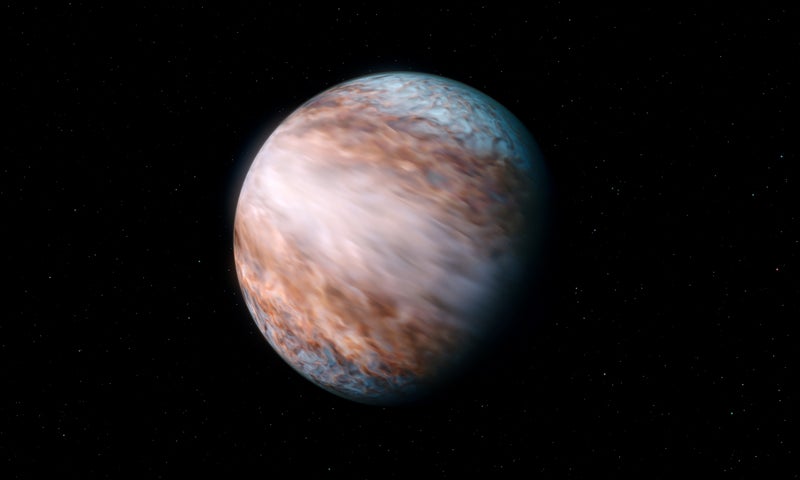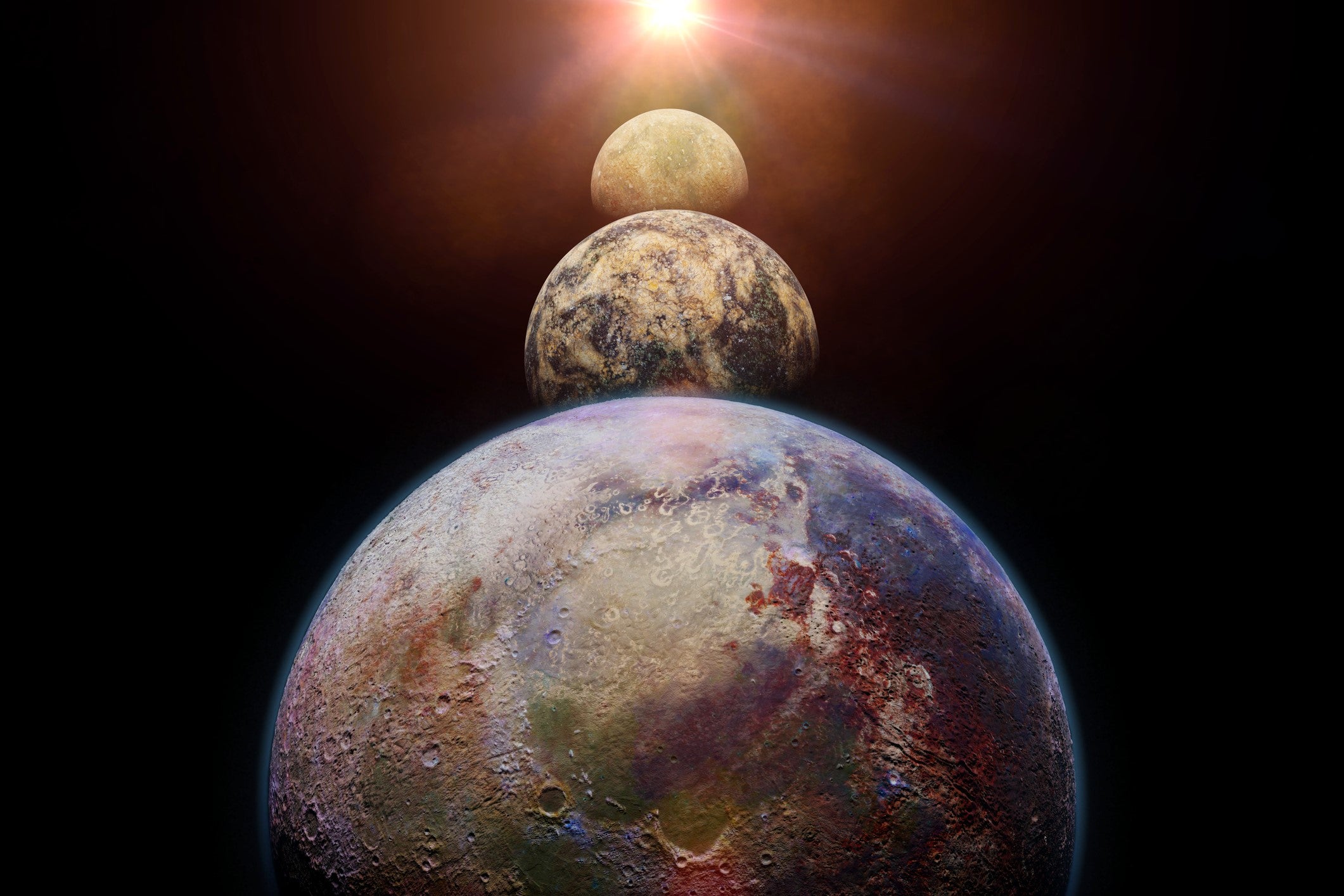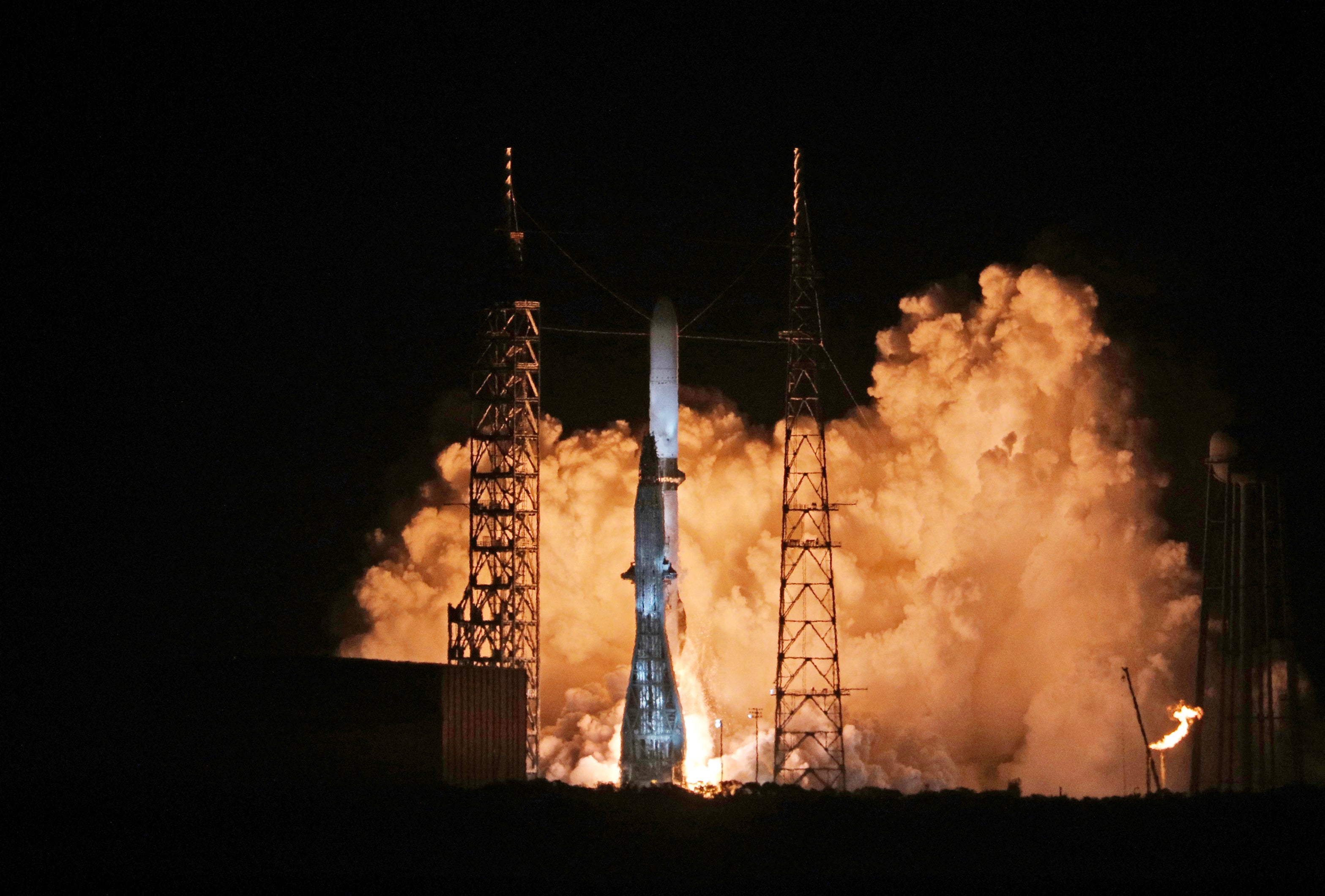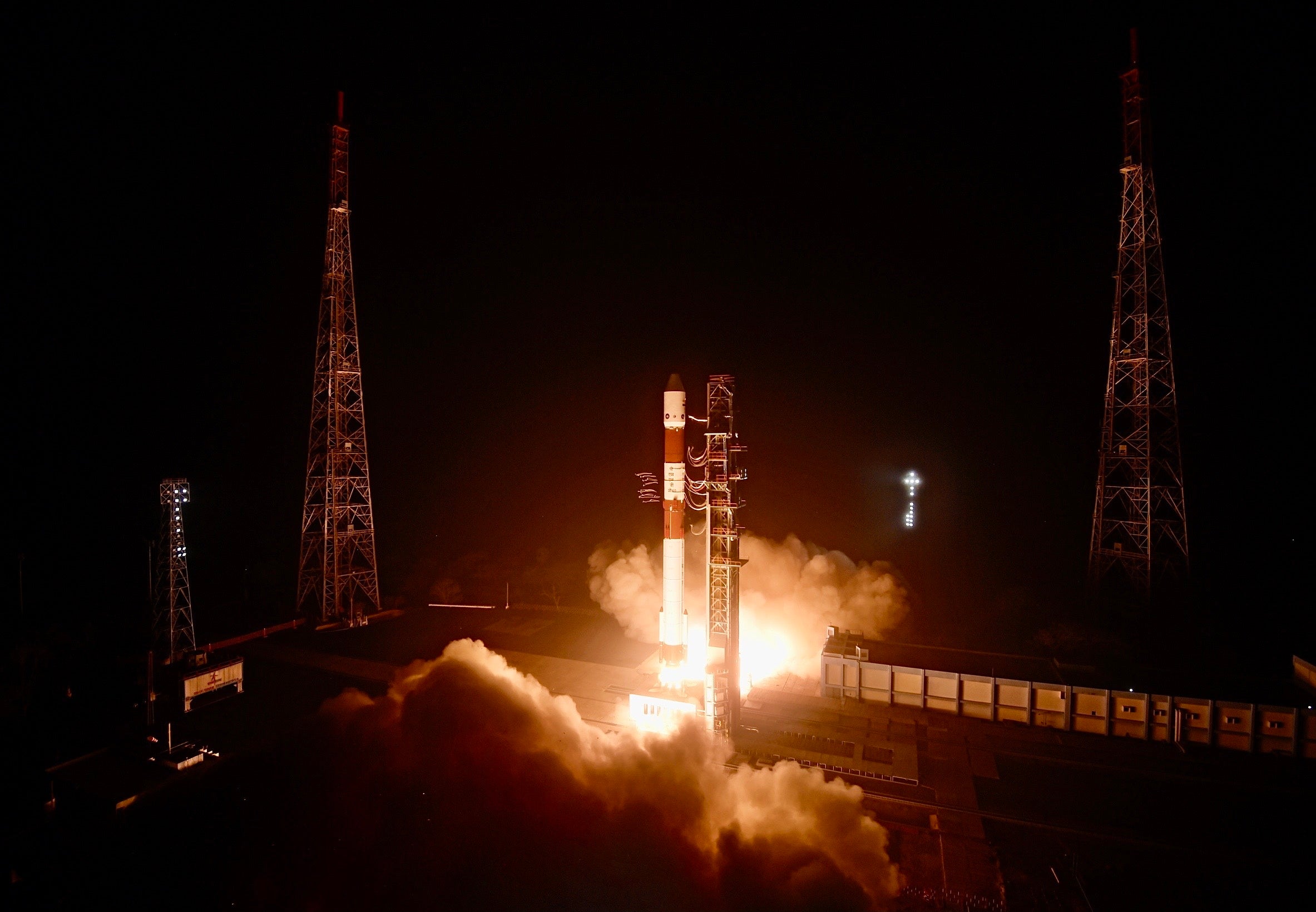The moon may be much older than we thought
Share:
Further analysis of lunar rocks and modeling will help scientists to better understand the moon and its history. A possible answer is that the moon underwent a “remelting,” resetting the age of the lunar rocks, according to three international scientists.
![[A lunar zircon grain is seen under a microscope. The mineral crystals were used in previous research estimating that the moon was tens of millions of years older than previously believed]](https://static.independent.co.uk/2024/12/19/21/Low-Res_lunar-zircon-grain_SEM-image_Jennika-Greer.jpg)
The remelting, it says, was due to the tidal pull of the Earth, causing heating and geological upheaval. In a process known as “tidal heating,” the gravitational forces between two celestial bodies cause internal friction, resulting in the warming. They said this was likely more pronounced in the moon’s early history, citing modeling that showed its orbit would have been unstable during periods in its early years. The instability would cause it to experience tidal forces from the Earth.
There are parallels between this event and current volcanic activity on Jupiter’s moon Io, which is driven by similar tidal forces. The remelting of the moon would also explain why there are fewer lunar impact basins from early hits than might be expected, they said.
The next research will work to understand how tidal heating could reset the age of the moon. They noted that lunar samples from China’s Chang’e 6 mission will help to provide invaluable data, and that more detailed modeling is necessary. “As more data becomes available—particularly from ongoing and future lunar missions—the understanding of the moon’s past will continue to evolve,” Nimmo said. “We hope that our findings will spark further discussion and exploration, ultimately leading to a clearer picture of the moon’s place in the broader history of our solar system.”.
